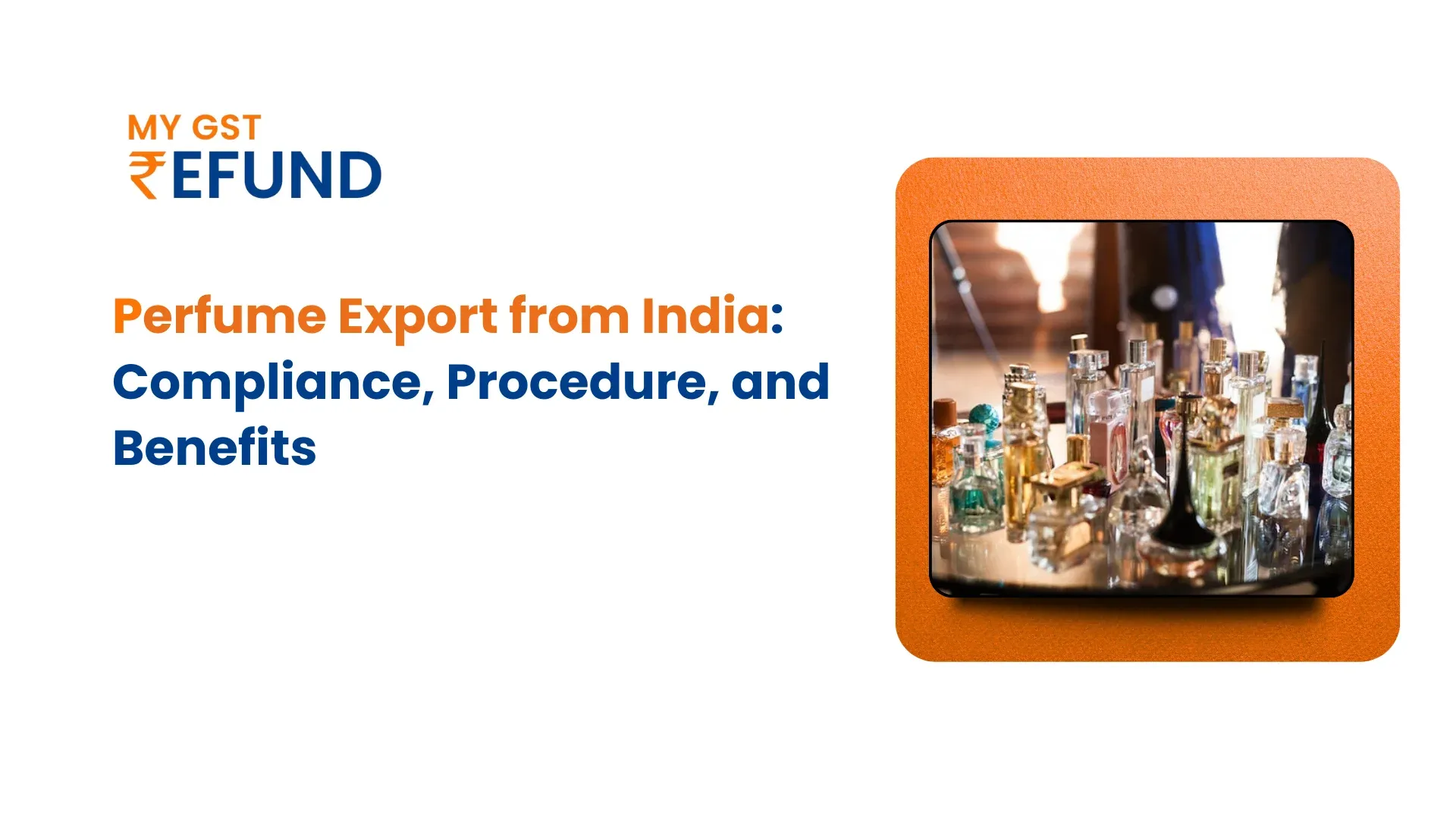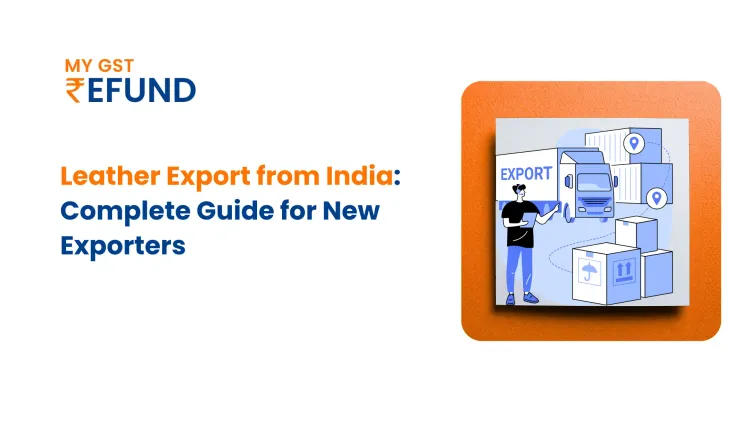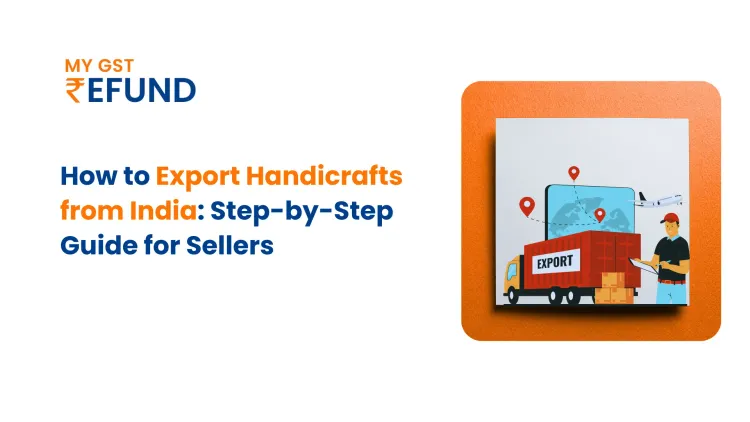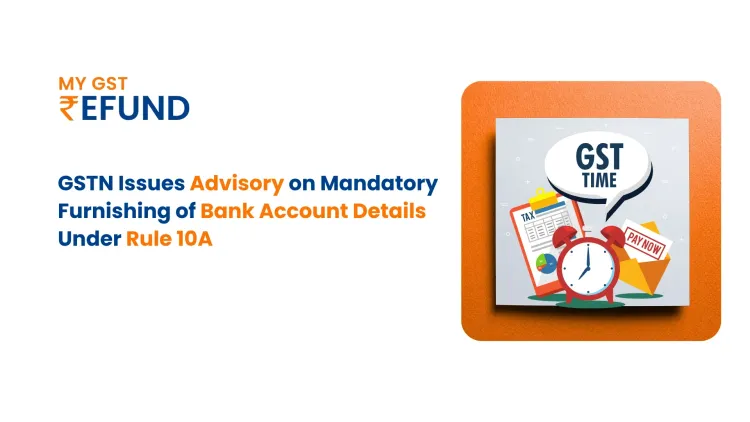Perfume Export from India: Compliance, Procedure, and Benefits
Perfume Export from India is a procedure involving numerous regulatory, compliance, and procedural measures to ensure that perfume products meet global standards and also qualify for government incentives. This is the detailed overview of the export procedure, export compliance, and export benefits.
1. HSN (Harmonised System of Nomenclature) Codes of Perfumes
The classification of perfume for export is in a specific category of HSN for customs clearance and taxation.
Specific sub-headings under HSN 3303 are applied based on the type & nature of the product, such as:
- 3303 00: Perfumes and toilet waters
- 3303 90: Other perfumery products
An HSN code is required for tariff classification, customs clearance, and tax liability.
2. Procedure of perfume export
The perfume export procedure includes some steps:
A. Exporter Registration
IEC (Import Export Code): Obtain an IEC (Import Export Code) from the Directorate General of Foreign Trade (DGFT) Portal.
GST Registration: GST registration is required for exporters.
B. Product Compliance
Quality Standards: Quality standards are needed by the importing nation. This can consist of product testing and certifications.
Labeling Requirements: Labeling and packaging need ot meet the international standards for export of perfume products.
C. Export Documentation
The following documents are required:
- Commercial Invoice
- Packing List
- Bill of Lading
- Certificate of Origin
- Export Declaration
- GSP Certificate
- Insurance proof for shipment
D. Customs Procedures
- Customs clearance has to be acquired by presenting the appropriate export documentation.
- The Customs Division examines shipments and ensures export regulations are met.
- Payment of export taxes and duties, where relevant, will be necessary.
E. Shipping and Logistics
Choose a trusted logistics partner in order to secure safe and on-time delivery of the goods to the exporting country.
Exporters must select the proper incoterms for shipping obligation (FOB, CIF, etc.).
3. Compliance for Exporting Perfumes
A. Regulatory Compliance
FDA Approval: The export of Perfumes and cosmetic items requires to get approval from the Food and Drug Administration (FDA) in some export countries (Such as the USA).
REACH Compliance (EU): For exporting in the EU. The REACH regulation on chemical safety must be complied with.
When exporting to the EU, the REACH regulation on chemical safety must be complied with.
IFRA Standards: The International Fragrance Association (IFRA) suggests standards for the use of fragrance ingredients.
B. Foreign Trade Policy (FTP)
India's Foreign Trade Policy 2023-28 outlines the export and import policy, including schemes for promoting exports.
If you are an exporter, you are eligible to claim your Export GST Refund. Claim your refund now!
4. Export Incentives to Perfume Producers
Perfumes and cosmetics are aided with various incentives under government schemes for promoting their exports:
A. MEIS (Merchandise Exports from India Scheme)
Under MEIS, incentives to the exporter are made on the export value and product category. These may consist of a percentage of the export turnover as duty credit scrips, which can either be utilized for payment of import duties or be sold to others.
B. RoDTEP (Remission of Duties and Taxes on Export Products) Scheme
Offers GST Refund of taxes and levies paid during export and production. These include duties on excise and some input taxes that are not refundable under GST.
C. Focus Product Scheme
Offers export incentives to certain high-value or priority export goods, such as perfumes, under the FTP.
5. Export Promotion Council Registration
Council of Perfume and Flavour: It is the appropriate export promotion council for the perfume industry. If a business registers with the Council, it can avail itself of assistance, market trends, and facilities under different export schemes.
6. Laws and Regulations
Import and export of goods are regulated in India by the Foreign Trade (Development and Regulation) Act, 1992.
Export (Quality Control and Inspection) Act for quality control of goods.
Regulations of Cosmetics Products: Cosmetics Products are Regularisation and fall under the Drugs and Cosmetics Act, 1940.
International Standards: Follow international standards like ISO 22716 for Good Manufacturing Practices (GMP) for the cosmetic sector.
7. Government Scheme and benefits
The government of India offers multiple export benefits and schemes, such as:
- ECGC (Export Credit Guarantee Corporation)
- IBEF (India Brand Equity Foundation)
- Initiatives for Market Access (MAI)
- ITPO (India Trade Promotion Organisation)
Conclusion
Indian perfume export involves adherence to certain standards, adherence to export procedures, and knowledge of applicable laws. Exporting is made easier by the availability of various incentives, government support, and trade promotion schemes to ease business in international markets. Adherence to these regulations will make the process of export easier and generate foreign market opportunities.
Related Posts






